As you no doubt read in the wall-to-wall coverage yesterday, 13 February 2023 marks Singapore’s N-Day of sorts: not national, but normal.
This is the day that the country stands down its remaining COVID-19 measures. DORSCON goes to Green. TraceTogether and SafeEntry will be deactivated. Protocols 1-2-3 will end, and COVID-19 treated no differently from other acute respiratory infections. Masks will no longer be required on public transportation, and vaccination-differentiated border measures for residents and visitors will be scrapped.
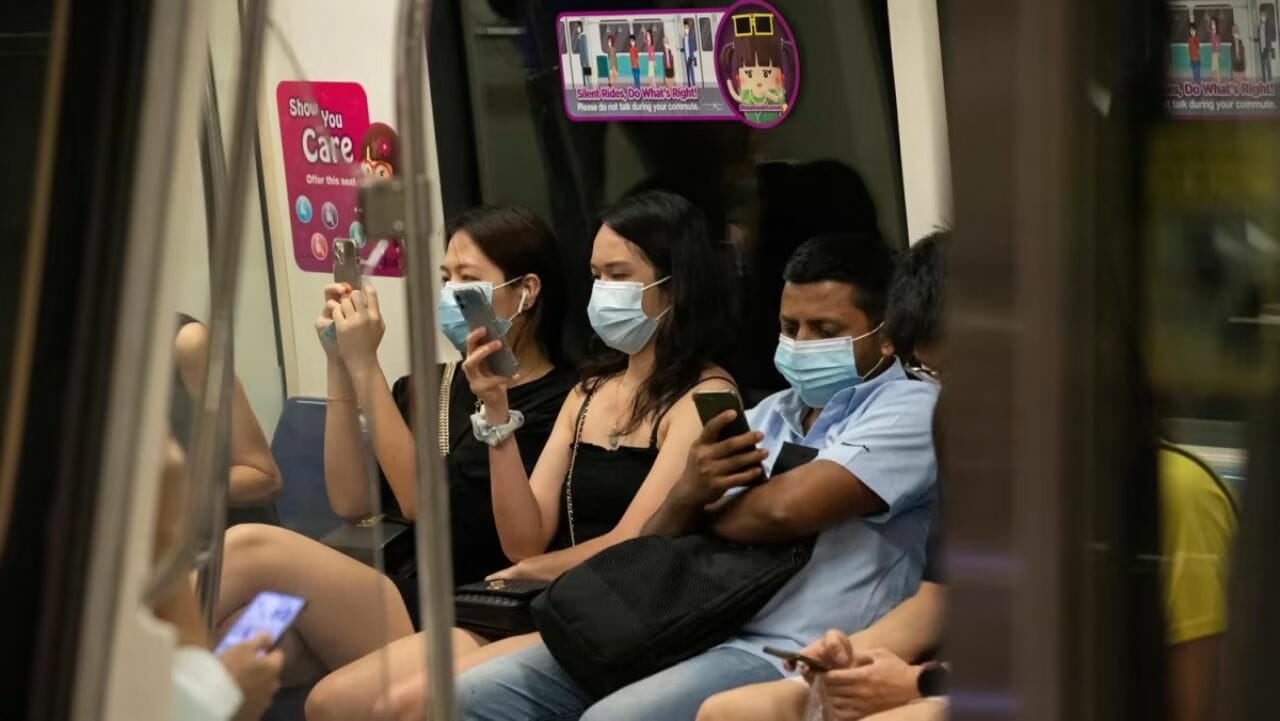
Since the vast majority of Singapore residents are already vaccinated (92% to be exact; remember, only the primary regime is required be considered vaccinated under ICA’s definition), they’re not going to notice any changes at the airport.
As such, I wasn’t originally intending to cover this- until I realised it’d be somewhat amiss not to close the chapter on one of the strangest periods in our national (and I suppose international) history.
Singapore ends vaccination-differentiated border measures and public transport masking
| 🇸🇬 Singapore Border Measures (until 12 February 2023) |
||
| Fully Vax. & Unvax. Aged 12 and Below | Unvax. Aged 13 and Above | |
| Pre-departure test | ✖ | ✓ ART/PCR, 2 days before departure |
| Travel insurance | ✖ | ✓ Short-term visitors only |
| SG Arrival Card | ✓ | ✓ |
Currently, Singapore practices vaccination-differentiated border measures that require unvaccinated arrivals aged 13 and above to:
- present a negative pre-departure ART or PCR test result, taken within two days of departure
- purchase travel insurance with at least S$30,000 of medical coverage (short-term visitors only)
From 13 February 2023, these measures will be removed. For all intents and purposes, there will be no difference in treatment of a vaccinated traveller compared to an unvaccinated traveller.
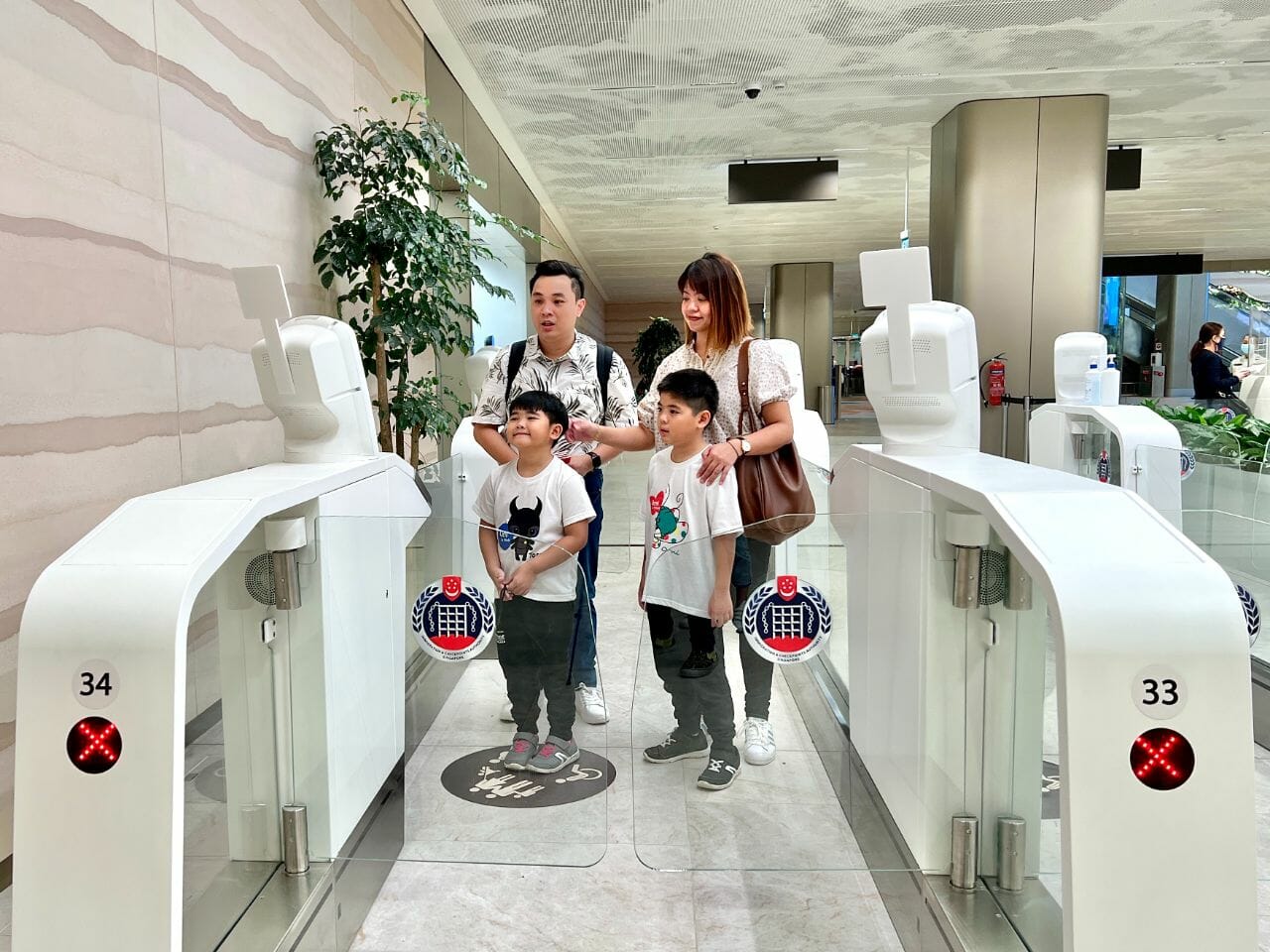
Therefore, this effectively spells the end of the Vaccinated Travel Framework (VTF), launched on 1 April 2022 to replace the Vaccinated Travel Lanes (remember them?). The MOH says that the VTF will “remain in place for reactivation if there are international developments of concern, such as new severe variants or signs that our healthcare capacity is strained by imported cases.”
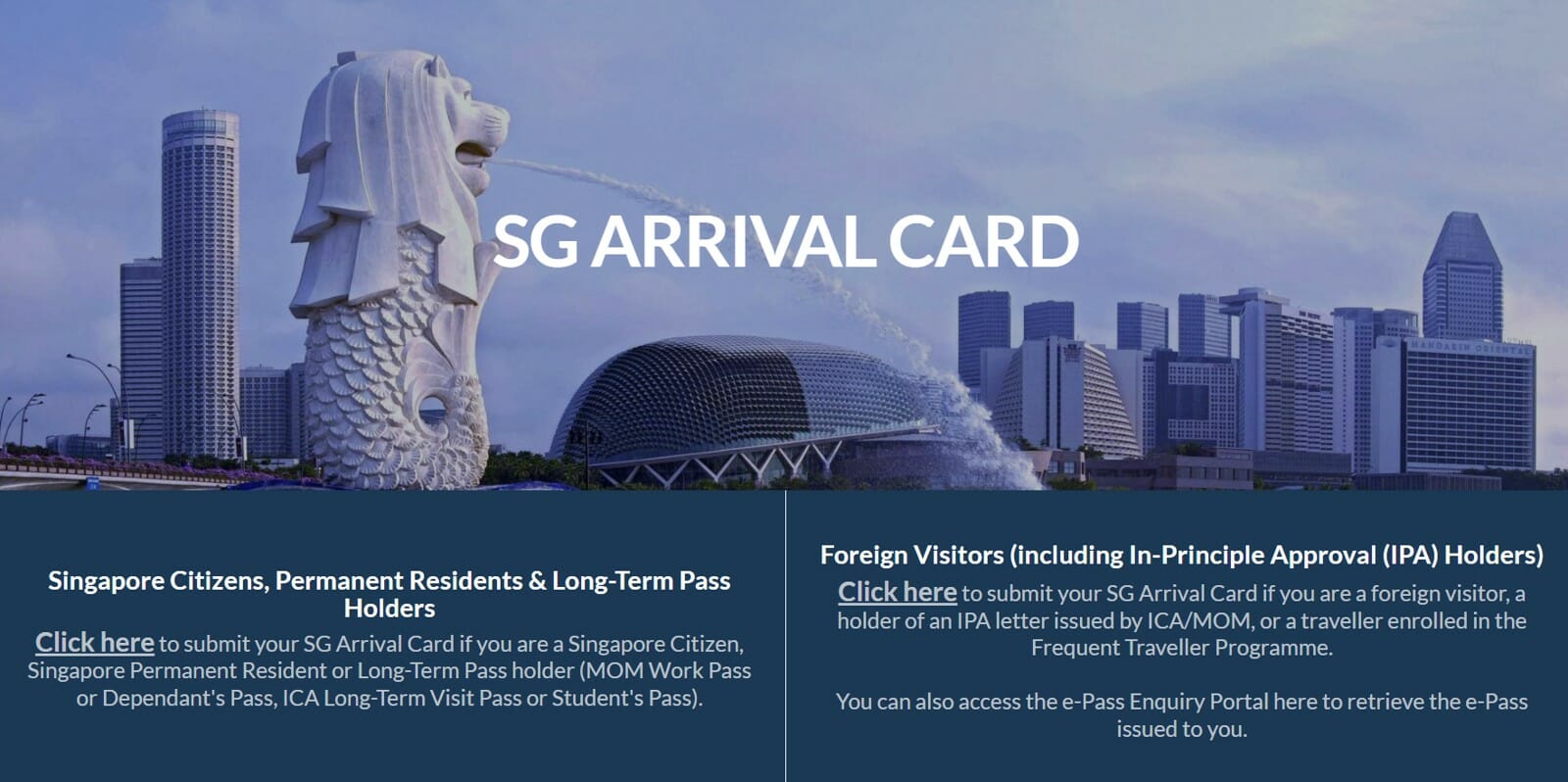 |
| SG Arrival Card |
However, the SG Arrival Card will remain a permanent feature of travelling to Singapore, as I wrote about a few days ago. All arrivals, whether residents or visitors, must complete this within three calendar days prior to the date of arrival (including the day of arrival). For example, if you’re arriving on Thursday 9 February, you can complete the SG Arrival Card anytime from Tuesday 7 February onwards.
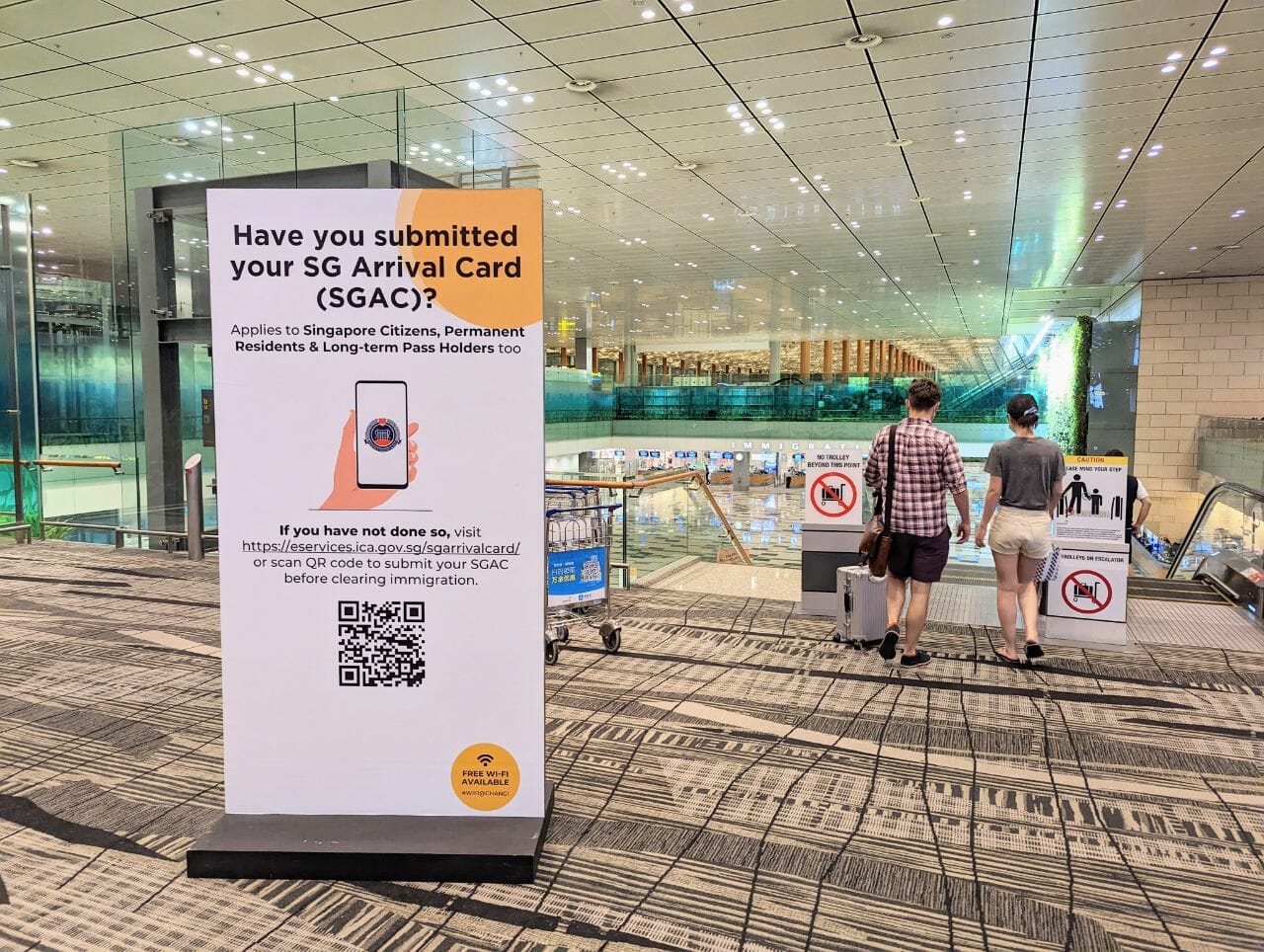
The process should take no more than five minutes, and can be completed free-of-charge via the ICA’s official website or the MyICA Mobile app (Android | iOS).
The only exceptions to the rule are Singapore citizens, permanent residents and long-term passholders returning to the country via the land checkpoints with Malaysia. There is also no requirement to complete the SG Arrival Card if you are merely transiting in Singapore, without entering the country.
Masks will almost completely vanish from public life, with the sole exception for visitors, staff and patients in healthcare and residential care settings where there is interaction with patients. In any case, it’s already been unnecessary to wear masks on flights to and from Singapore since August 2022, although some foreign carriers still retain the requirement.
How did we get here?

When Singapore closed its borders to short-term visitors and slapped a blanket 14-day SHN requirement on all arrivals in March 2020, everything changed.
Things that we’d always taken for granted, like hopping on a plane to Bangkok for the weekend, were suddenly all but impossible. We learned all sorts of scary new acronyms, a good ol’ fashioned round of panic buying ensued, while masks, swabs, social distancing and lockdowns Circuit Breaker became a daily way of life. The annoying-but-innocuous forwards of Boomers on Whatsapp took a more sinister turn. There was Phase 1, Phase 2, Phase 2 (Heightened Alert), Phase 3, and so many backtracks that the authorities eventually stopped putting a name on it. We couldn’t have a beer after 10.30 p.m, background music was banned, staycations became the new vacations, and for whatever reason, you couldn’t remove your mask at restaurants until the water arrived.
And now, more than 1,000 days later, it’s finally over. I know some will object to the definitiveness of that statement, given COVID-19’s uncanny ability to pull fast ones (just witness the Omicron hysteria at the end of 2021), but you know what? Until there’s reason to believe otherwise, I’m ready to relegate this whole period to the annals of my mind.
I mean, it’s not like I didn’t think about it enough over the past three years. I’ve written more than 2,000 blog posts since COVID-19 began, and unsurprisingly, the vast majority of them relate to the pandemic’s effect on border measures, loyalty programmes, credit card points and airline miles. Never in human history has getting on an airplane been so complicated.
For those who fancy a trip down memory lane, here’s the timeline of Singapore’s return to travel normality, starting with the launch of the Vaccinated Travel Lanes in September 2021.
| 🛣️ At a glance: The long road to normality |
|
As someone who travelled regularly during the VTL period, starting with the inaugural VTL flight from Munich to Singapore, I’ve been uniquely privileged to see first-hand the evolution of Singapore’s border measures.
While I’m glad we’ve finally gotten to this point, there have been some extremely arbitrary and frustrating rules along the way, like the Vatican City being treated as a separate entity from Italy (no VTL travel if you step foot inside!), like senseless distinctions between countries in the borderless Schengen Area (not to mention the quibbling over microstates!), like recent travel history to a Category I country disqualifying you from the VTL (never mind that Category I countries were supposedly safer than the Category II countries making up the VTL!).
I documented these woes in a column titled “Why it’s time to scrap the Vaccinated Travel Lanes”, just a few weeks before the VTLs were indeed sunset (to be clear, I’m certainly not taking credit for that; it was just cathartic to rant).
Though each of these issues was eventually resolved, the mere fact they existed in the first place was an unfortunate reminder of the obsession with bright-line legalism that still pervades some levels of our public service.
That said, we can have endless debates about how the Singapore Government handled the COVID-19 pandemic — whether they were too slow with certain measures or too hasty with others — but all things considered, I can’t think of anywhere else I’d rather be at a time like this.
The fact that Singapore had the foresight to bet on the right vaccines and the financial muscle to get to the top of the queue is not to be taken lightly, as is not having to bribe a doctor, worry about fake vaccination centres, or fly across the globe to get a jab. Many of the horrors we saw overseas like mass graves, overflowing ICUs, or equipment shortages forcing doctors to decide which patients lived or died never materialised here. Other countries marvelled at Singapore’s preparedness, be it our ART vending machines or the pace at which a contact tracing app was developed, and compared to the chaos seen elsewhere around the globe, it’s been relative smooth sailing.
So yes, we may have a silly fixation with the letter of the law, and the astonishing ability to overcomplicate things (actual title of an MOH document: List of Approved Providers for Antigen Rapid Testing for Real-time Remote Supervised Self-Swab to Fulfil Pre-Departure Testing Requirements involving Singapore Citizens, Permanent Residents and Work Pass Holders (including Long Term Pass Holders) situated overseas) but these are rather minor annoyances in the grand scheme of things.
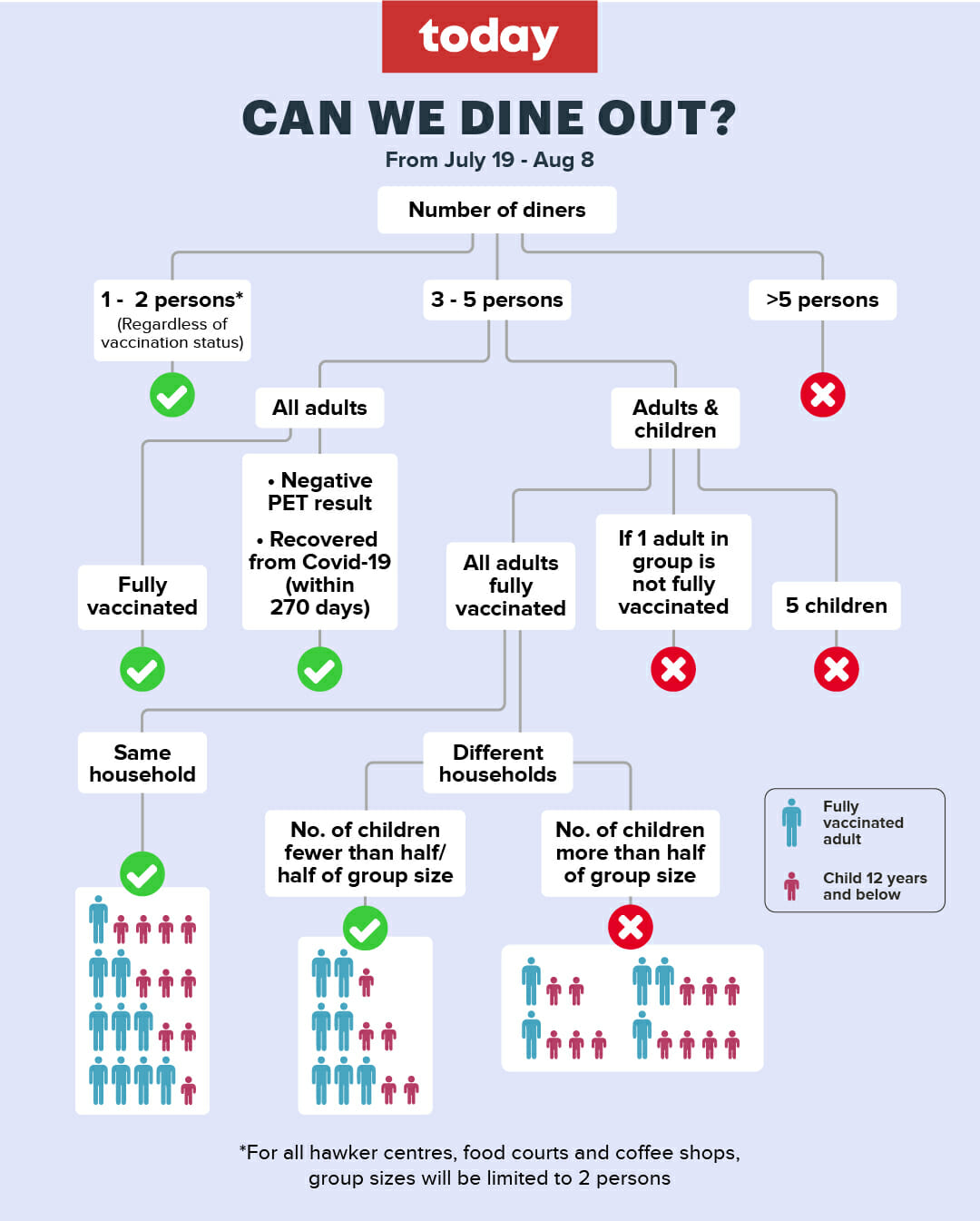
When it’s all said and done, there’s many reasons to be thankful to be a Singaporean.
Conclusion
Come Monday, 13 February 2023, Singapore will scrap the last of its COVID-era measures, including the need to mask on public transport and vaccination-differentiated border measures. This is as normal as things get.
It’s taken a long time to get here, but as a wise man once said, “Come whatever on the road ahead, we did it before, and we’ll do it again”.
Please, let’s not do it again.
Thoughts about the last 3 years?


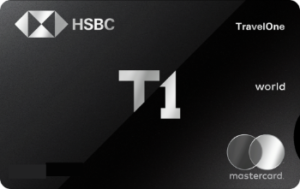


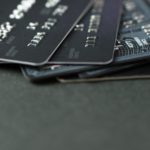

Please correctly attribute the last quotation to singer-songwriter Linying, not some unknown wise man.
Finally we are done with Covid measures, though some mentally ill folk are wont to keep their masks on even outdoors, lol!
But that’s their right and choice, no? As long as they’re not forcing it upon other people, it’s fine.
True, just as it’s my right and choice to comment on it, lol!
As it is my right and choice to label you an idiot.
Awesome, now I shall make you suck on my thick hog against your rights and choice hahaha
It’s also my choice to walk down orchard road in a banana costume covered in honey. Still a valid statement that it’s a bit weird to be doing it in 2023.
Well said, Tom.
Thoughts about the last 3 years? Still feel numb – it was the one time in life when both my mum (in NZ) and mother-in-law (in Thailand) needed us more than ever before. My mum in NZ died 4 days before we were released from 14-day quarantine in Christchurch in October 2020. My mother-in-law (in Thailand) died about 3 weeks before we could have finally gotten into Thailand via the “Phuket sandbox”. The ONE thing I hope the world learns from this is “compassion”. As among all the rules and regulations of Covid, “compassion” was the first casualty. We lost… Read more »
Who’re you looking to not forgive exactly Mark
I guess the morons that supported restrictions
Oh the drama
Aaron glides over the PDT requirements for unvaxxed travellers like it’s a small thing because most people are vaxxed, but that’s not the problem. Differentiated requirements become a big deal for everyone, because at check in your vax cert needs to be checked. And that adds significant time at check in, requires significant staff resources and that is if the pax actually remembers to have it on hand and doesn’t have to find it in their bag or look for it on their phone. It doesn’t sound long but adding 20sec/pax on average to check in (giving allowance for some… Read more »
A roundabout and ultimately senseless diatribe.
SG did well. Clear rules enforced equally, good comms and a rock solid vaccination programme. None of that can be taken for granted.
Was lockdown and all the limitations etc enjoyable? Absolutely not. But that doesn’t mean the gov. did it wrong.
The whole world was dealt a crap hand when this happened. SG played their hand well. That doesn’t happen by chance.
“ Clear rules enforced equally,”
You mean Singaporean citizens being able to freely enter the country during 2020/2021 and foreign residents having to apply for permission via their employer, who then had to get a slot via MOM is equal enforcement?
Some people have drunk too much Kool-Aid in small spaces to really see what is happening sometimes under their noses.
Trying to be snarky over the lockdown / circuit breaker? Why don’t you look at what entails a lockdown in other countries and the relative ease of going out over here?
If it were were a “blind test” and just a desktop review of the measures put in place, I’d agree that the government did relatively well compared to most of the world. But this is not a blind test. It is Singapore, with all the idiosyncrasies of a particular type and style of governance, including the almost daily-drumming into the citizens’ heads (not least via falsifying dudes SMT) that the government in power is almost akin to God’s greatest gift to Singapore. Judged on that, I still take the view that the government didn’t even come close to the lofty… Read more »
Singapore, on a whole, did a good job during the pandemic, probably one of the best in the world, However, one area where it dropped the ball was it’s treatment of EP holders. Some of the policies (like cancelling the LOC for spouses) were downright spiteful and served no covid benefit. I know a lot of companies in my industry that lost top level staff during this period who will not return and SG still struggle to fill from it’s relatively small domestic workforce.
Hardly dropped the ball, when the whole theme of the response wasn’t really public health but public polling.
Just ask yourself what is different today compared to this time ago, when it comes to dropping the mask requirement.
Nothing – except for China abandoning their idiotic Covid zero policy, and thus the pro-CCP segment of the voting population who bullied the government into their misguided attempt at Covid zero not being able to use China as an example to follow.
Treatment of EP holders?
Its the same as the rest. No changes at all.
Maybe cause u lost your “angmoh privileges”, hence the sour remarks.
EP holders, in order to return to the country, had to ask their employer to apply for a special return slot with the MoM. Does that sound the same to you as the treatment of Singapore Citizens?
an absolute gem of an article haha loved every bit of it
“ I can’t think of anywhere else I’d rather be at a time like this. ” Are you joking? I can think of a few worse places in the world where I’d rather be during those insane 1000 days. Do you recall music being banned? Borders shut (except dumb VTL system) for almost another year after we hit 90% on vaccination coverage? I’m so glad that Singapore regained its senses (even if many masked Singaporeans didn’t) – but just about any other first world country was a better place to spend the pandemic (unless you were a sickly 80 year… Read more »
“unless you were a sickly 80 year old” -> congrats, seems like this doesn’t affect you at all. Unfortunately, that phrase happens to describes my parents, and I’m glad they’ve made it through this period. Were there first world countries in which you could have enjoyed more freedom in as an (youngish?) individual? Yes, definitely. Did those places have a lower death rate than Singapore? Doesn’t seem to be the case… There is a segment of the world population that refused to trade personal liberties for communal well-being. For better or worse, Singapore opted not to go all-in that direction.… Read more »
Your parents have the same chance of getting Covid and dying from it today, as one year ago. Yet restrictions were kept for another year, god knows why.
Singapore went all-in in the direction of zero-Covid, with only a handful countries in the world having rules as strict as here.
By the way, death rate is a function of general health of the population. Restrictions don’t reduce the death rate, they’re supposed to reduce the spread.
Credit where credit is due: The vaccination campaign was truly world class. Well done Singapore! Also thank God the government had the guts to lead us out of covid isolation, after having painted ourselves into a corner with a futile covid-zero policy, despite a large part of the population being absolutely livid against opening borders. Many things to dislike about pandemic era Singapore. – People snitching on each other for covid non-compliance – A rule set made right out of a technocrat’s dream – Blocking off public parks, with all sorts of nonsensical rules – Covid-zero was our policy for… Read more »
this is as good a summary i can think of! i don’t know why some people seem to think you must either say that singapore did a flawless job, or that it screwed the pooch entirely. there are things we did great, and there are things that made me roll my eyes.
Next time, would I personally pick a different place to ride out a pandemic? Accept a somewhat higher risk (?) of infection in return for more freedom & less heavyhanded technocracy? Without a doubt. Well said. There have been only few WORSE places in the world to be during a pandemic than Singapore. The rules lacked any logic, didn’t follow any science, and were geared purely towards popular support. Masks dropped yesterday, but why? Why not a year ago? What is different today? Aaron said it himself: Let’s never do this again. Indeed, may we never experience this kind of… Read more »